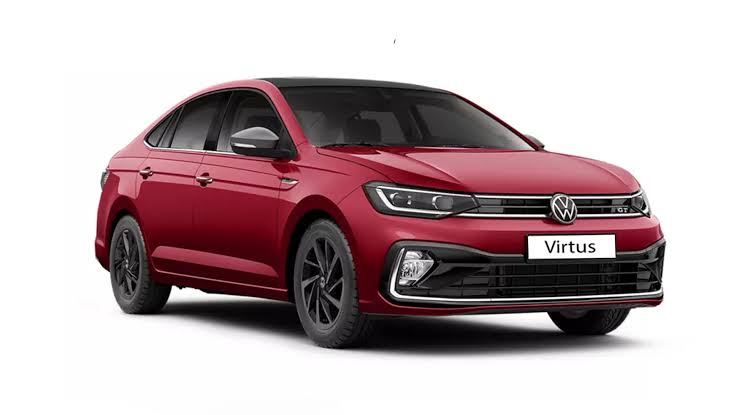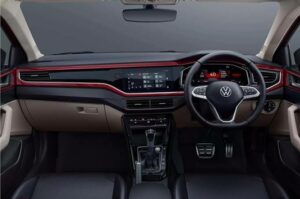VW Virtus

In a world of crossovers, the Virtus is VW’s attempt to rekindle some of the lost interest in sedans much like the Slavia from Skoda. With 150bhp and a quick-shifting 7-speed DSG, this GT variant we drove puts the fun back in the driver seat. But is it enough to make us forget our crossovers and embrace the fun to drive sedans, once again?
For one thing, they have given it a high driving position and crossover-like 179mm ground clearance in an attempt to appeal to everyone. The styling, as a result, has suffered a bit with a higher beltline, too much visual mass around the body, and lots of gaps in the wheel wells. The proportions are a far cry from what we have seen on VW sedans but the styling elements are unmistakably Volkswagen. The front end has a Jetta styling and thankfully they didn’t opt for the Polo face that’s available in some markets. It is bigger than the Mk1 Octavia with a best-in-class wheelbase of 2650mm and massive 521 litre boot space. The GT variant gets blacked-out alloys, black roofs, mirrors, etc to differentiate it from the standard car. This car would look a lot better with bigger 17-inch wheels.
The interiors are very familiar too with a similar dashboard design but the red colour may not be to everyone’s tastes. The VW steering looks and feels nice while the dashboard feels better than the Slavia’s in most places. There is a 10.1-inch touch screen with Apple Car Play and Android Auto. The front seats are great with lots of adjustments for a comfortable driving position although they aren’t ventilated like in the Slavia. The rear seats are a bit low and the back rest is a little upright, but they offer a great amount of legroom and plenty of under-thigh support.

The Virtus gets two engine options – a 115bhp, 175Nm 1.0L 3cyl engine and a 150bhp, 250Nm 1.5L 4cyl engine. The 1.0L is sufficient for most people to drive around town and has adequate performance with 0-100kmph coming up in 11.2 seconds. The 1.5 is the one to get if you enjoy driving and in a sedan, that makes all the difference. It is an eager motor with a punchy midrange and decent top end. It does 0-100kmph in 9.4 seconds which makes it the quickest in its segment. There is plenty of power for highway overtakes and you will enjoy winding it up to its 6600rpm redline a lot. The downsides, it’s not very refined and is a bit dull below 1800rpm. The 1.5 comes only in GT spec with the DSG as standard, so if you want a manual, opt for the Skoda instead.
The Virtus has great suppleness that absorbs bumps and delivers a consistent ride. The long travel suspension has good body control too. The Virtus doesn’t dart into corners but you can drive it fast with massive confidence. The 1.0L variant feels relatively lighter in the front than the 1.5 which pitches and rolls a bit more. The brakes are alright with a good pedal feel.
The Virtus is a breath of fresh air in the mid-size sedan segment. It has everything that sedan lovers like with lots of space, good ride, enjoyable handling, and two capable engines to choose from. Unlike Skoda, we love how VW has distinguished the 1.5 litre variant with the GT spec.
Pic Courtesy: google/ images are subject to copyright








